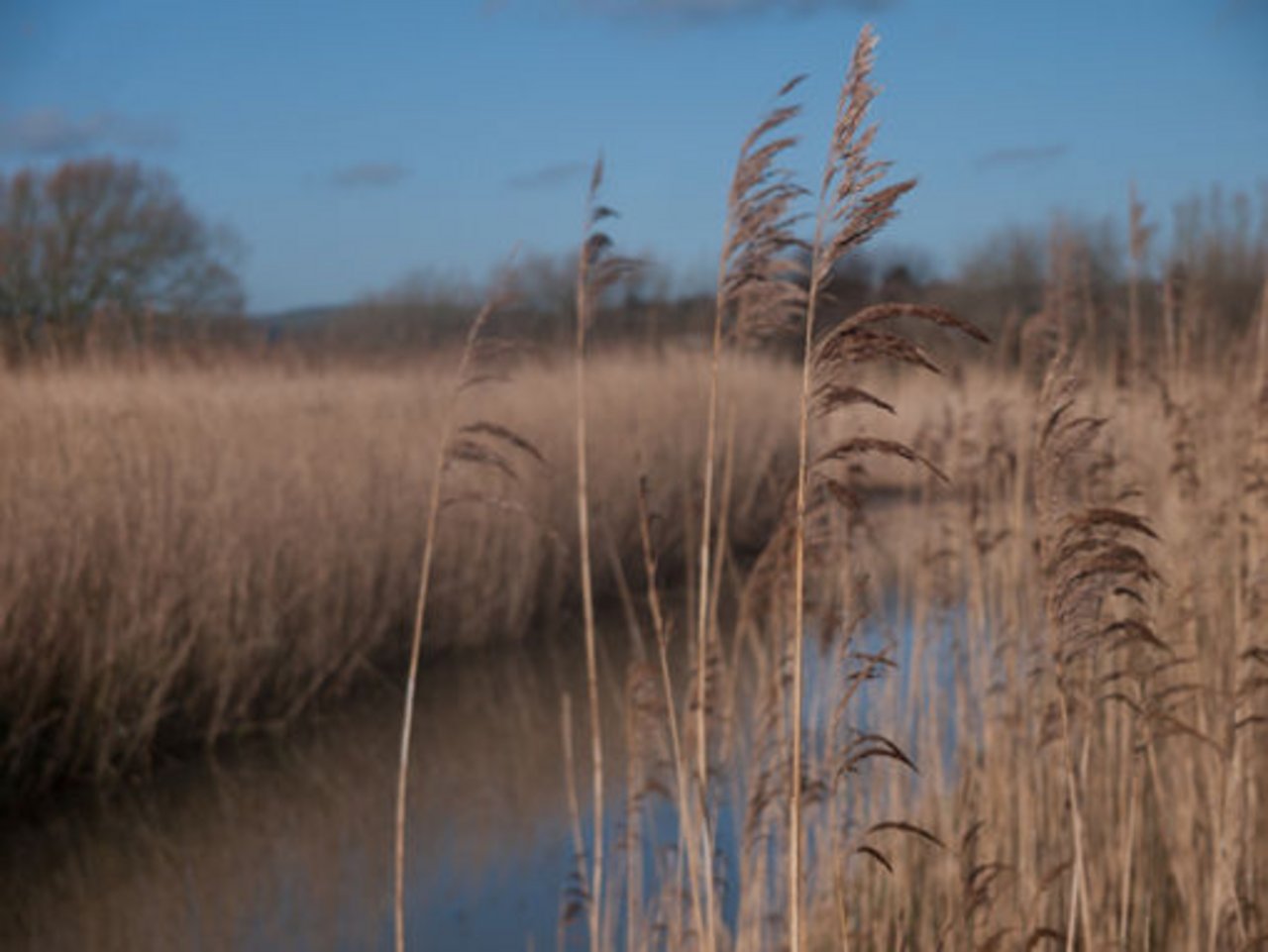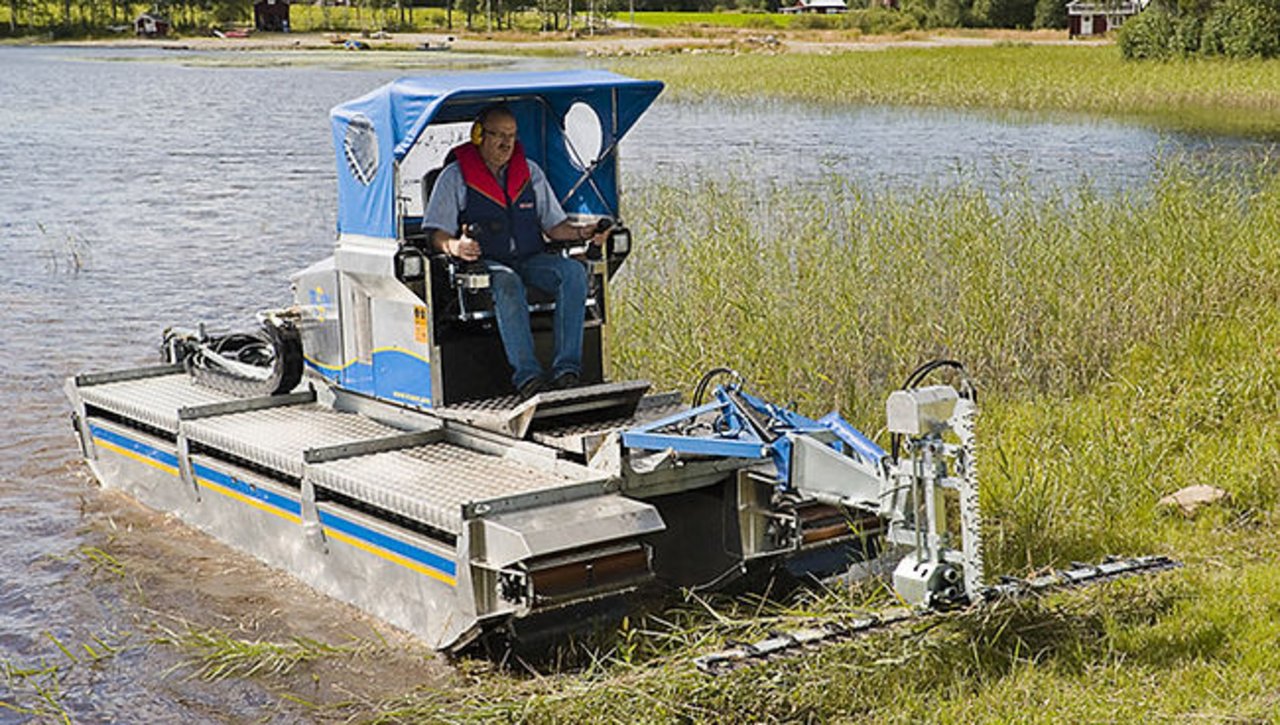The Benefits of Mechanical Reed Cutting
Reed cutting, or reedbed management, is a common practice employed by organisations like the RSPB for habitat conservation purposes, as it has many benefits. Traditionally, manual methods were employed for reed harvesting, but with advancements in technology, the adoption of mechanical methods has proven to be a game-changer by saving time, money and also an improved safety aspect.
Cost-Effectiveness:
While the initial investment in mechanical reed cutting may seem substantial, the long-term cost-effectiveness cannot be overlooked. Reed Cutting reduces the need for extensive manual labour, cutting down on labour costs. Additionally, the precision of mechanical cutting minimises wastage, further contributing to cost savings benefits.
Adaptability to Terrain:
The Truxor machine is designed to navigate various terrains, including wetlands and marshy areas where reeds commonly grow. This adaptability allows for the efficient cutting of reeds in diverse landscapes, opening up new possibilities for cultivation in previously challenging environments.
Unchecked growth of reeds can disrupt water flow and increase the risk of wetlands drying out. By judiciously cutting reeds, this ensures a balanced wetland environment, preventing stagnation and promoting optimal conditions for the myriad life forms that call these ecosystems home.
Different bird species have unique nesting requirements. Reed cutting practices help create suitable nesting sites for the likes of Bitterns, providing crucial support for successful breeding and the flourishing of bird populations within their natural habitats.
Invasive plant species can pose a threat to the delicate balance of wetland ecosystems. Strategic cutting efforts play a key role in controlling the spread of invasives, allowing native reeds to thrive and safeguarding the integrity of these essential habitats.
Environmental conditions are dynamic, and reedbeds must adapt. Regular cutting stimulates new growth, rejuvenating the reedbed and ensuring resilience against changing environmental factors. This adaptability is critical for the long-term health of the wetland ecosystem.
Strategic cutting enhances visibility within reedbeds, offering birdwatchers and nature enthusiasts improved opportunities to observe and appreciate the rich diversity of wildlife. This not only supports conservation awareness but also fosters a profound connection between people and the natural world.
How can Simply Aquatic help?
The Truxor is a amphibious machine designed to perform various tasks in wetlands and water bodies. One of its key applications is mechanical reed cutting, where its unique design and capabilities make it a preferred choice for environmental professionals and conservationists being able to cover many acres in varying conditions in a short period of time.
- Amphibious Nature: The Truxor's ability to traverse both land and deep water seamlessly makes it an ideal choice for reed cutting in challenging aquatic environments.
- Cutting Mechanism: Equipped with a powerful cutting head, the Truxor efficiently cuts through dense reed beds without causing unnecessary damage to the surrounding vegetation.
- Precision Control: Our operators can control the Truxor with precision, ensuring targeted reed cutting while avoiding unintended harm to the ecosystem or the rest of the reedbed.
Source: www.simplyaquatic.co.uk



